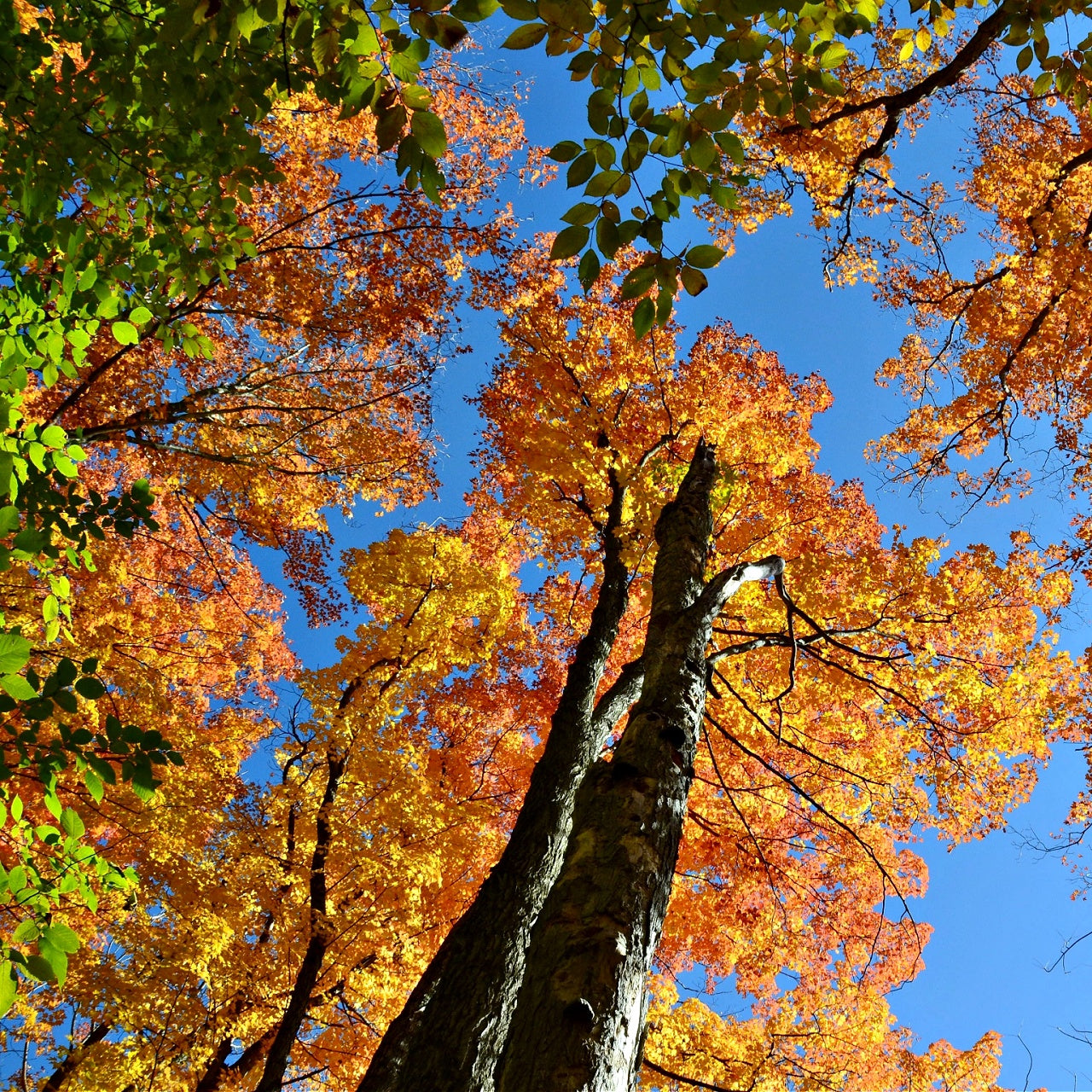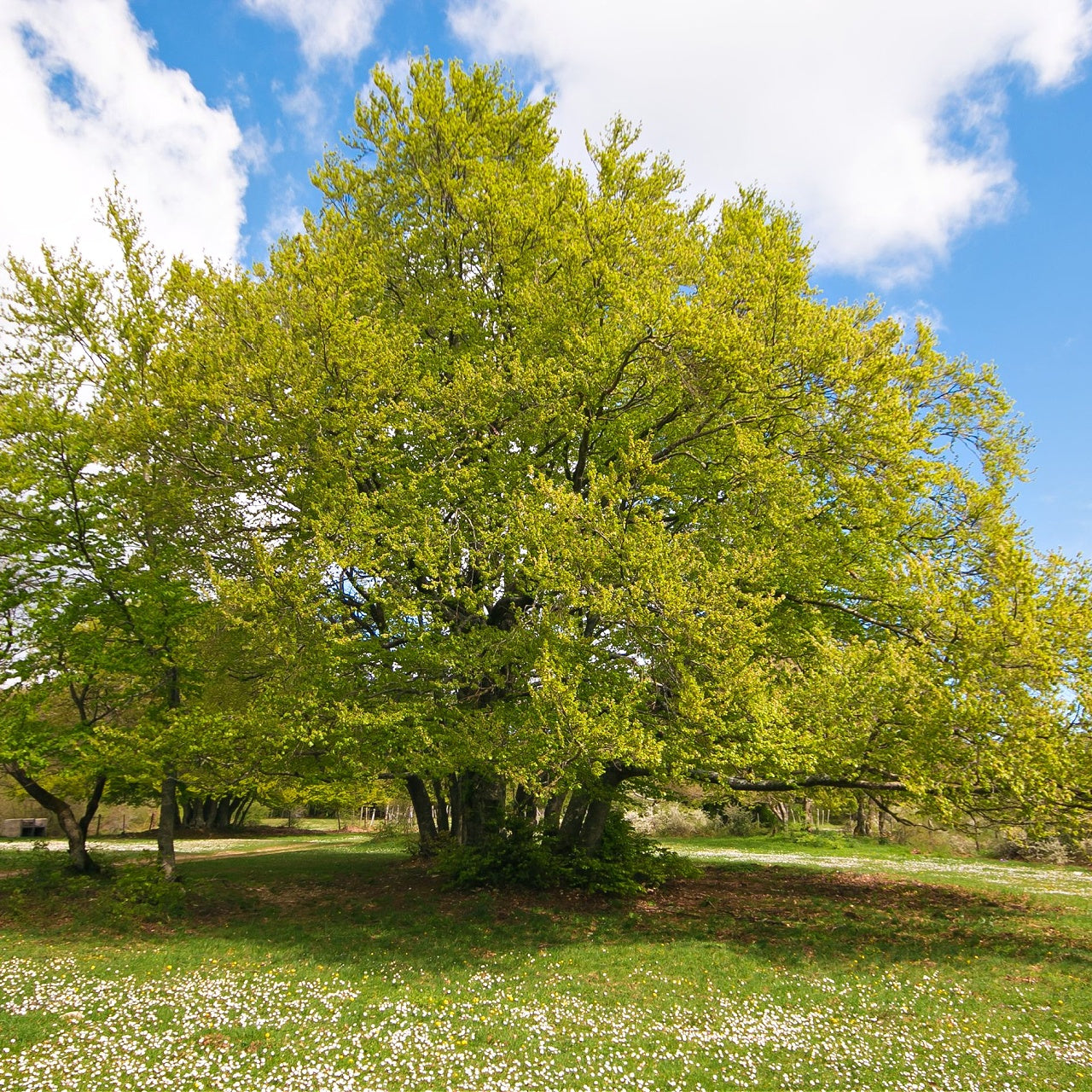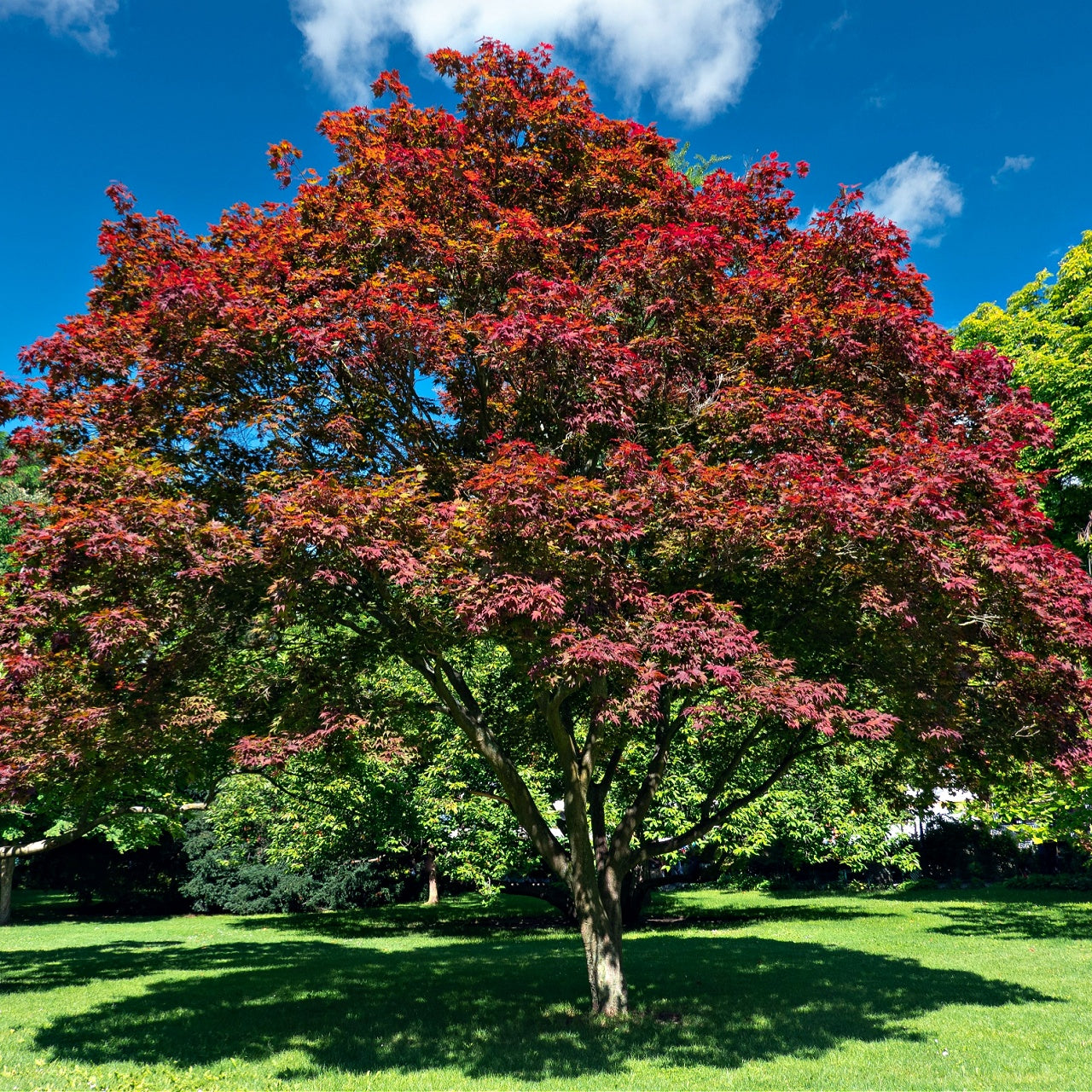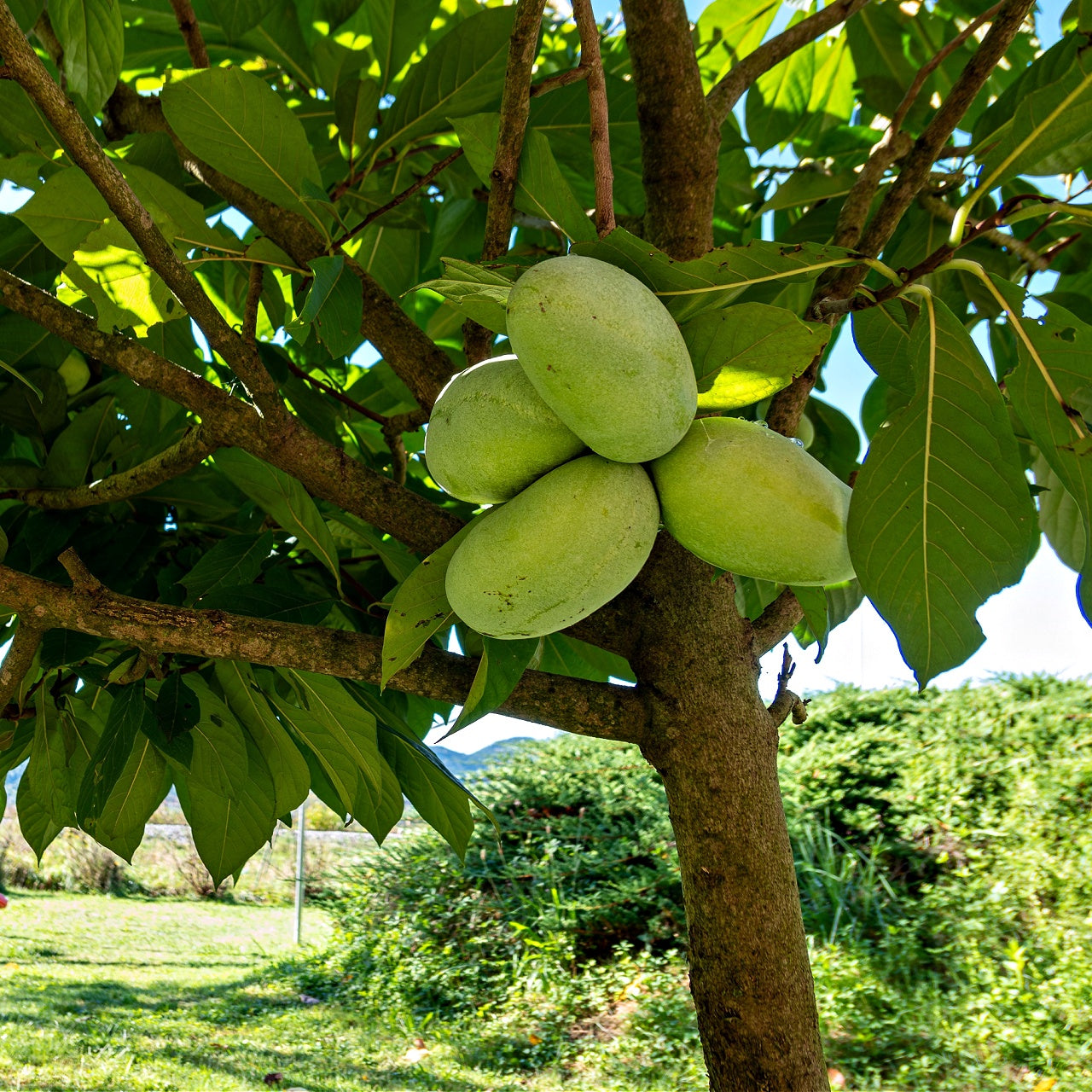
The Beauty and Diversity of Native Ninebark Shrub Varieties
The Beauty and Diversity of Native Ninebark Shrub Varieties
A wide range of native nine-bark shrubs types display remarkable beauty
The ninebark shrub (Physocarpus) delivers both beauty and utility through its versatile nature and deciduous growth, including textured bark, colorful foliage, and delicate flower clusters. Growing well across North America, this resilient plant flourishes in diverse environments, which attracts gardeners and landscapers who need low-maintenance, wildlife-friendly landscaping options. The Ninebark shrub gets its name from its distinctive bark, which peels in layers to reveal an attractive texture that provides visual interest throughout the year. Ninebark's many varieties bring diverse foliage colors and bloom times to native plant gardens, which makes it an outstanding choice.
The United States has several native ninebark species, including the widely recognized Physocarpus opulifolius. This shrub grows well in woodlands, riverbanks, and open fields because it tolerates full sun and partial shade. The shrub withstands drought conditions after establishment, while its white or pink clusters of flowers attract pollinators during late spring and early summer. Its dense branches serve as bird shelters, while its nectar-rich blossoms attract bees, butterflies, and other beneficial insects. The plant thrives under various soil conditions and is widely used for erosion control and rain gardens. The native Ninebark plant is an attractive, long-lasting option for various landscape uses, including hedges and foundation shrubs.
A Look at the Best Native Ninebark Varieties
Native nine-bark species are distinguished by their unique characteristics and ability to thrive in various landscapes. The ninebark variety Physocarpus opulifolius ‘Diablo’ stands out due to its dramatic deep burgundy leaves, which become darker throughout the season. Pairing this variety with lighter-colored plants creates a dramatic garden statement because of its bold appearance. Clusters of white or pale pink flowers bloom on this plant during late spring, which harmonizes well with its dark foliage. The foliage develops more vivid colors as autumn nears until it disappears to expose its characteristic peeling bark.
The native plant Physocarpus opulifolius ‘Dart’s Gold’ stands out with its brilliant golden-yellow foliage that brings vibrancy to any garden setting. The small size of this particular variety makes it suitable for limited garden spaces and urban landscapes. The plant’s white flowers stand out vividly against its bright leaves, creating a visually striking display. Because it grows well in full sunlight and partial shade, this plant is an adaptable selection for numerous planting locations. The shrub ‘Dart’s Gold’ demonstrates remarkable hardiness by surviving severe winters and resisting pests and diseases that affect other ninebark species.
Compact gardeners will find Physocarpus opulifolius ‘Little Devil’ an excellent choice. This ninebark dwarf version grows smaller yet provides the attractive foliage and beautiful flowers typical of ninebark species. ‘Little Devil’ features deep purple leaves and soft pink flowers, making it a refined choice for modern landscapes, foundation plantings, and mixed borders. The plant needs only light pruning work to sustain its tidy, rounded form during the growing season.
The ninebark selection Physocarpus opulifolius ‘Amber Jubilee’ showcases an impressive combination of orange, yellow, and red leaf colors all season long. This plant stands out in garden settings because its unique coloration becomes more prominent during fall when the foliage colors intensify before the leaves fall. Amber Jubilee honors Queen Elizabeth II’s Diamond Jubilee, while native plant enthusiasts love this variety for its brilliant colors and flexible growth characteristics.
The Ecological Benefits of Planting Native Ninebark
Native nine-bark shrubs deliver essential ecological advantages in addition to their visual attractiveness. They create dense, multi-stemmed growth that shelters birds and nesting sites, while their flowers draw in pollinators that help sustain healthy ecosystems. Ninebark thrives in local environmental conditions, which eliminates the necessity for fertilizers, pesticides, or excessive watering, unlike non-native ornamental shrubs. Its characteristics position it as the perfect option for both sustainable gardening approaches and environments that support wildlife.
The ability of Ninebark to control erosion stands out as one of its main benefits. The fibrous roots of this plant anchor the soil on slopes and stream banks, which stops soil from washing away and helps prevent its deterioration. The plant becomes essential for restoration efforts because its toughness and capability to establish in nutrient-deficient soils support native planting successes. Ninebark requires minimal chemical treatments thanks to its natural disease resistance, which aids in environmentally friendly gardening practices.
For those who want to design layered landscapes that maintain visual appeal throughout the year, ninebark works well with other native species. The combination of ninebark with plants like black-eyed Susan (Rudbeckia hirta), purple coneflower (Echinacea purpurea), and serviceberry (Amelanchier canadensis) forms a dynamic garden display that attracts local wildlife. Ninebark thrives across various soil types and moisture conditions, which enables its versatility in landscape designs ranging from structured hedges to informal borders.
The resilience of Ninebark to urban pollution and different weather conditions makes it a perfect plant for city gardens and public areas. Ninebark requires little maintenance, unlike delicate shrubs, making it an appealing choice for residential gardeners and professional landscapers. Ninebark functions as a privacy screen or focal element in landscapes while forming part of broad native planting schemes and promoting environmental health.
Native ninebark varieties offer gardeners an attractive and easy-to-care-for shrub that boosts biodiversity and supports pollinators while maintaining interest throughout the year. Ninebark's attractive leaves, peeling bark, and delicate flower clusters make it a favorite plant for native gardens. The shrub's hardy nature demonstrates North America's native plants' lasting beauty whether it stands alone or joins a mixed border.
Products from the Article

Snow Hill Hydrangea

Black Eyed Susan
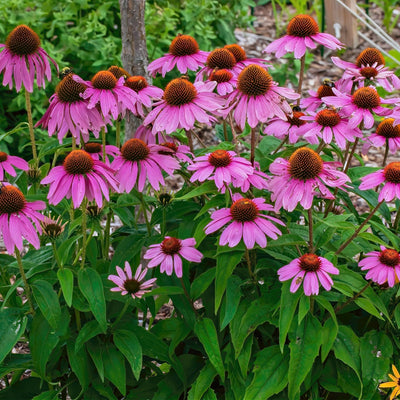
Purple Coneflower



